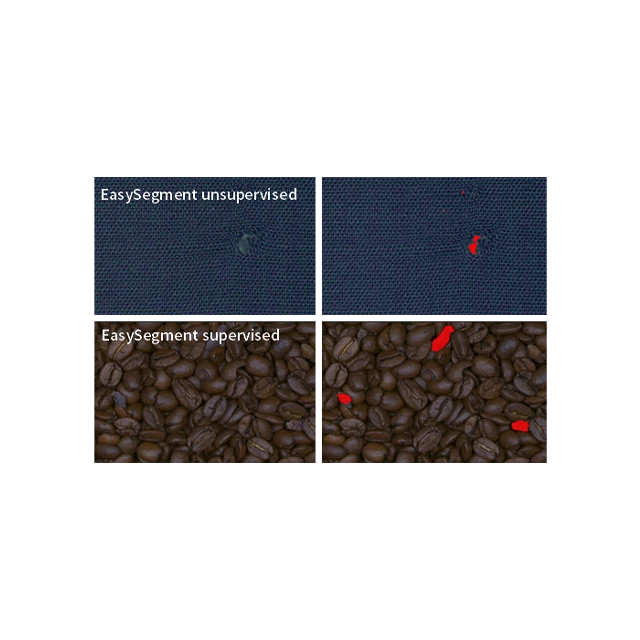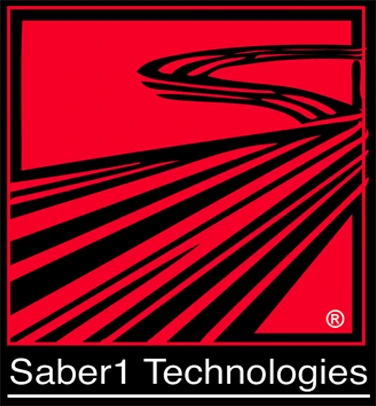Euresys EasySegment
Highlights
The Euresys EasySegment performs defect detection and segmentation. It identifies parts that contain defects and precisely pinpoint where they are in the image. When using its unsupervised mode, Euresys EasySegment works by learning a model of what is a “good” sample (i.e. a sample without any defect). This is done by training it only with images of “good” samples. Then, the tool can be used to classify new images as good or defective and segment the defects from these images. By training only with images of good samples, the unsupervised mode of EasySegment is able to perform inspection even when the type of defect is not known beforehand or when defective samples are not readily available. Euresys EasySegment is the segmentation tool of Deep Learning Bundle.
What is EasySegment Good for?
Deep Learning is generally not suitable for applications requiring precise measurement or gauging. It is also not recommended when some types of errors (such as false negative) are completely unacceptable. The unsupervised mode of Euresys EasySegment is good for defect detection and segmentation tasks, especially when defectives samples are hard to come by. Deep Learning tools usually work very well with images of natural or manufactured objects that have complex surface patterns (e.g. wood, fabric, …) that make the detection of defects by conventional machine vision algorithm very hard. Besides, the “learn by example” paradigm of Deep Learning can also reduce the development time of a computer vision process.
What is Deep Learning?
Neural Networks are computing systems inspired by the biological neural networks that constitute the human brain. Convolutional Neural Networks (CNN) are a class of deep, feed-forward artificial neural networks, most commonly applied to analyzing images. Deep Learning uses large CNNs to solve complex problems difficult or impossible to solve with so-called conventional computer vision algorithms. Deep Learning algorithms may be easier to use as they typically learn by example. They do not require the user to figure out how to classify or inspect parts. Instead, in an initial training phase, they learn just by being shown many images of the parts to be inspected. After successful training, they can be used to classify parts or detect and segment defects.
Features
- Unsupervised mode: train only with “good” images to detect and segment anomalies and defects in new images
- Works with any image resolution
- Supports data augmentation and masks
- Compatible with CPU and GPU processing
- Includes the free Deep Learning Studio application for dataset creation, training, and evaluation
- Only available as part of the Deep Learning Bundle
Applications
- Mark inspection
- LED inspection
- Presence / Absence check
- Surface analysis
- Assembly inspection
- Code quality verification for label printing machines
- Food inspection and sorting





